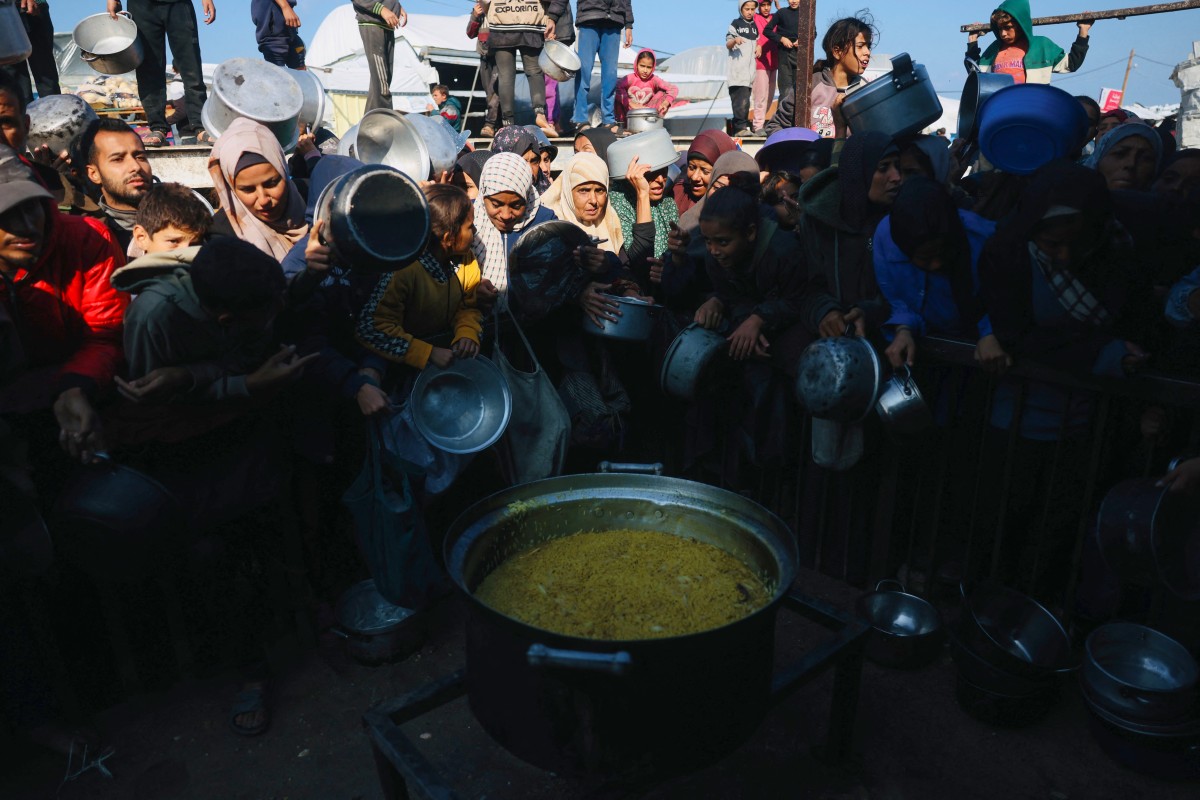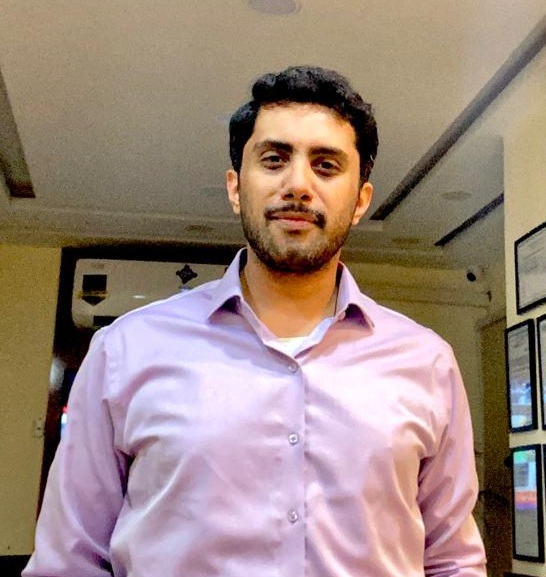From Chai to Cappuccinos: Lahore’s youth fuel a new coffee identity
LAHORE: On a late afternoon in Lahore, as the sun dipped behind Gulberg’s glass storefronts, 23-year-old Meerab settled into her favorite corner of a crowded café. A cappuccino steamed in front of her, laptop open, tote bag slouched at her feet. Outside, the city felt rushed and unpredictable, but inside the café she found something steady.
“I think coffee gives me a way to breathe,” she told Pakistan TV Digital, her hands wrapped around the warm ceramic cup. “It wasn’t just a drink. It was a pace, a rhythm, a space to think.”
Meerab was part of a generation that had shaped Lahore’s fast-growing café culture, a shift that had turned coffee houses from occasional hangouts into daily anchors for studying, working, and gathering. Across the city, cappuccinos accompanied homework sessions, cold brews fueled freelance deadlines, and flat whites spilled into long after-hours conversations.
For decades, Pakistan had been a tea country, its identity steeped in dhaba culture and shared cups of doodh patti. But today’s urban youth, nearly 60% of whom were under 30, had leaned toward coffee not just for taste, but for identity.
“It became a lifestyle,” Meerab said. “A café was where friendships lived, where work happened, where ideas started.”
Culture brewing beyond the cup
The rise of Lahore’s coffee scene had not happened overnight. Global chains like Tim Hortons and Second Cup had amplified the trend, but the groundwork had been laid earlier. First with Dunkin’ Donuts in the early 2000s, then Espresso in 2006, and later a wave of locally founded cafés.
What defined today’s trend was not novelty, but cultural expression.
Among those shaping the shift was Third Culture Coffee, a Pakistani café brand that became closely associated with Lahore’s young creative crowd.
“Pakistan was predominantly a tea-drinking nation,” Suleiman Ghaznavi, co-founder of Third Culture Coffee, told Pakistan TV Digital. “But in recent years, the younger generations shifted to coffee, maybe because it was cooler, at least that was the perception. And since nearly 60% of Pakistan’s population was under 30, that shift in taste was only going to grow.”
For many like Meerab, the café became less of a beverage stop and more of an extension of self.
Finding identity in a cup
Even the name Third Culture Coffee reflected that evolution.
“The term third culture was originally used to describe children who grew up outside their home culture, adapting to different worlds,” Ghaznavi explained.
“We applied that to coffee,” he said. “In coffee, there were waves, and we were in the third wave, which focused on specialty coffee: high-quality beans, freshly roasted, and knowing where they came from.”
“That was what Third Culture stood for.”
His co-founder, Suleiman Khan, said the café boom had been inevitable.
“There were a lot of cafés that had been successful in Lahore and Karachi,” Khan told Pakistan TV Digital. “When the success rate was high, the business naturally attracted more clones.”
He added that cafés had economic appeal too. “At a restaurant, you might spend Rs5,000 [$17.80] per person. In a café, you might spend Rs1,100 [$3.92], even Rs700 [$2.49] with discounts, and still get the same social experience.”
Third Culture’s own growth mirrored demand: established first as a roastery in 2019, the brand opened its first café in 2022. Within three years, it expanded to multiple branches across Lahore, Islamabad, Karachi, and even Hunza.
Meerab’s story: coffee as community
Meerab first walked into Third Culture as a college student trying to find purpose and direction.
“One day, I wanted to hold a small fundraiser for my NGO,” she recalled. “The owners didn’t just agree, they helped me make it happen.” The collaboration led to something unexpected: “Eventually, I ended up doing a summer internship at the very café I was a regular at.”
For her, the café was never just a place to drink coffee.
“Coffee shops were where ideas lived,” she said. “You could come alone, or with everyone. Coffee fit every mood.”
Tea continued to have its rooted place in Pakistan, familiar, shared, deeply emotional. Coffee was not replacing it. But it was creating a parallel cultural track: one shaped by urban youth, digital connectivity, and global taste.
Ignore the trend, and Pakistan risked missing a growing economic and cultural opportunity. Support it, and coffee could become something more than a drink, a contribution to the country’s evolving identity.
Latest News
UN declares famine over in Gaza, says 'situation remains critical'
2 HOURS AGO

Bangladeshi activists, journalists accuse India of providing safe havens to terrorists
4 HOURS AGO

Pakistan urges international community to advocate for restoration of Indus Waters Treaty
5 HOURS AGO
.jpg)
Hamas official says Miami talks must end Israel's Gaza truce 'violations'
6 HOURS AGO
.jpg)
Afghanistan hunger crisis deepens as 4.7 million face emergency food shortages: WFP
6 HOURS AGO

